-
Windows
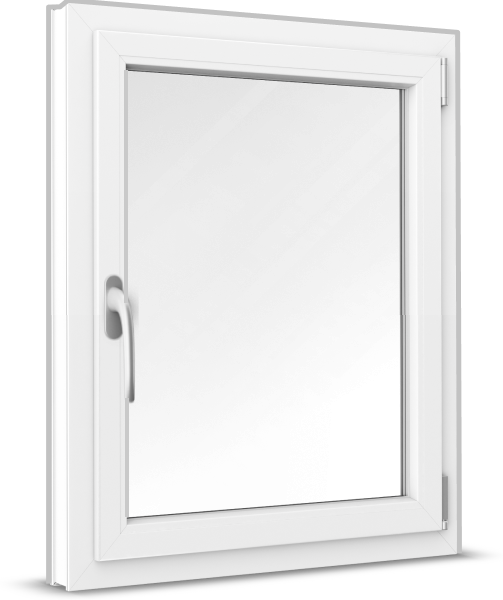 Windows
Windows
-
French Doors
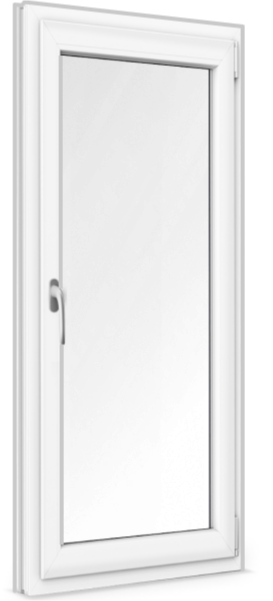 French Doors
French Doors
-
Patio Doors
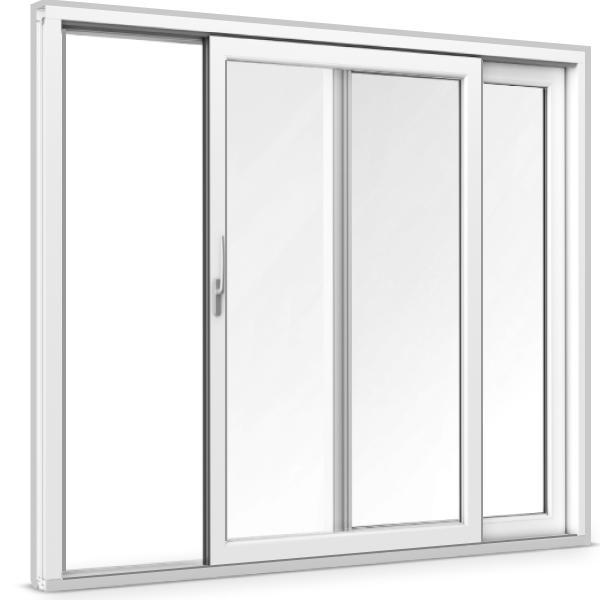 Patio Doors
Patio Doors
-
Front Doors
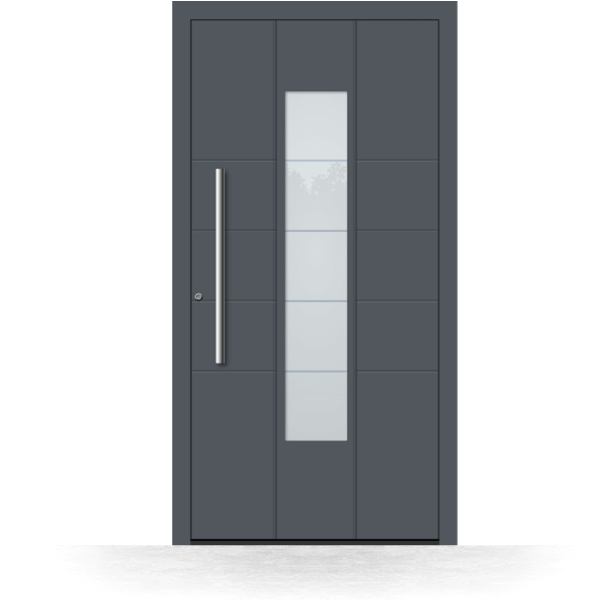 Front Doors
Front Doors
-
Roller Shutters
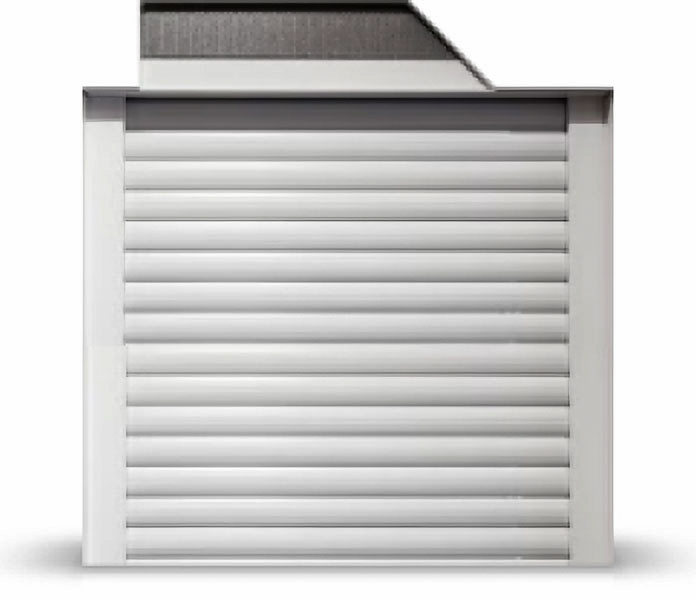 Roller Shutters
Roller Shutters
-
Window Sills
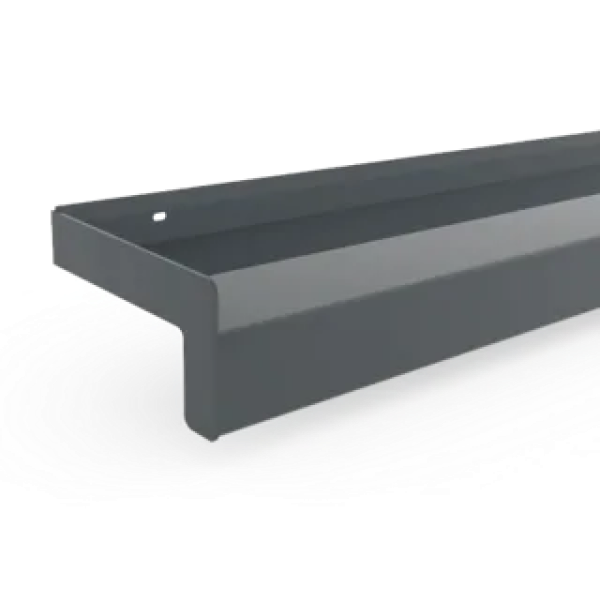 Window Sills
Window Sills
Sign in
Contact us

Wooden sliding doors are available in many different designs and variations. This makes finding the perfect colours for your building facade design quite easy. After all, just as interior walls and furniture are meant to compliment each other aesthetically, so too does an exterior sliding door to the facade.
Natural, lacquered or varnished – lift-and-slide systems made of wood may be painted in various shades, providing great versatility. Lighter or darker wood or types with a reddish or yellow hue provide for any homeowner’s personal taste.
However, lacquers and varnishes do not only have a decorative effect. They also protect the material from bad weather, wind, rain and corrosive exhaust fumes.
Lacquers and varnishes keep the material in good condition and can significantly increase the longevity of your sliding door.
Lacquering and varnishing using modern compounds protects the colours of your lift-and-slide system while simultaneously requiring much less maintenance than they used to. Should you chose to apply a new design to your home, wooden frames can easily be re-painted in any available hue, either on top of a faded coating or after sanding down the original lacquer.
A wooden window or door provides for a comfortable, warm living space in any combination of colours. All these beneficial properties can be supported by the right choice of colour – which you can freely change at any time.
Pine is a typical European conifer. A tried and trusted wood for window construction, pine belongs to the softwood group of woods and contains resin. When the wood is treated at certain surface temperatures (from ca. 55°C) the resin begins to flow and runs off. The raw timber has a yellowish to red-brown colouring. Depending on the coating system used (opaque finish or glazed varnish coating) and natural weathering it is recommended to recoat the wood windows at regular intervals. For varnishes this is approximately every 2-3 years, for opaque finish circa every 4-5 years. Depending on prevailing weather conditions this cycle may need to take place more frequently. The upper surfaces of the window on the weather side should therefore be checked for signs of damage once a year.
Spruce wood is excellently suited as timber for wooden window frames as this species reaches very high heat insulation values. We use spruce wood from Germany or Austria which bears the PEFC seal for sustainable forestry (Programme for the Endorsement of Forest Certification) which means that the wood does not originate from any threatened primary forest. Ecological awareness is very important and spruce is a softwood that regenerates and grows quickly. In fenestration, it becomes more and more popular due to its good insulation values. Only knot-free timber is used for window manufacturing. The laminated wooden beams' covering lamellas are continuous to obtain a perfect surface, especially for varnishes with a clearly recognizable wood grain. Hence you get high-quality doors and windows.
Meranti is a tropical variety of wood. The exact terminology is White Meranti or Heavy White Seraya and most of it comes from southern Asia or Indomalesia. Meranti belongs to the hardwood group and is a porous wood. Meranti is an extremely suitable wood for windows and the raw timber presents an olive-brown colouring, which has a tendency to darken. Although Meranti is a more resistant type of wood than pine, regular recoating should be carried out here too. Varnished wood should be radone after 2-3years, painted wood with opaque finish after 4-5 years. As for all types of wood Meranti too will require more frequent recoating depending on the prevailing weather conditions. Here, too, the wood surfaces exposed most to the weather conditions will need to be checked for any sign of damage each year.
The European larch is a plant species of the larch and a member of the pine family. This is a native wood to Europe. The wood of the larch is mainly used for building timber and for furniture joinery.The European larch is, economically speaking,the most important type of wood in the area of Eurasia. Larch timber is the heaviest and the hardest of all the European conifers. It is especially used for building timber externally for house doors and for windows. The wood of the larch has a reddish-brown colouring, darker towards the core, but a whitish splint or sapwood (the outer, still living wood). The colour difference between younger and older woods is especially noted at the core, whereby the wood obtains a very decorative grain.
The wood of the eucalyptus plant or tree, also called blue gum tree, makes an excellent wood for windows and doors as it is even harder and firmer than the wood of our local oak. Despite its high gross density, eucalyptus is an extremely fast-growing renewable wood, thus making it a regrowable raw material. It is only gained from selected plantations in order to avoid the deforestation of the rainforest and primeval forests. Thanks to its high proportion of essential oils, this wood species is resistant against fungal infestation and insects. Its high gross density makes it particularly strong which is favourable for joinery. This property also ameliorates the anti-burglary protection of your home as eucalyptus wood does not splinter that easily.
Oak is among the species of deciduous trees and belongs to the beech family. In the UK oak is mainly found in mixed deciduous forests and woods. The wood is a valuable hard wood and it has a high resistance to rotting. It is seldom found with worm damage. Oak is an excellent type of wood for building elements which are exposed to damp or moisture and, therefore, for both indoors and outdoor constructions, and so especially suitable for windows. Nevertheless, regular repainting should still be carried out. Varnished surfaces require recoats approx. every 2-3years, painted finishes after circa 4-5 years.As is true for all types of wood oak too will require more frequent recoating depending on the prevailing weather conditions. Here, too, the wood surfaces exposed most to the weather conditions will need to be checked for any sign of damage each year.
*All the decor and wood colours illustrated here appear only approximately as they would in their original state. This is dependent on your screen resolution and the quality and resolution of your graphics card . We recommend that when you select your chosen colour the original should be used as reference. We accept no liability for possible colour variations between the colours on the computer screen and the actual frame profile colour.